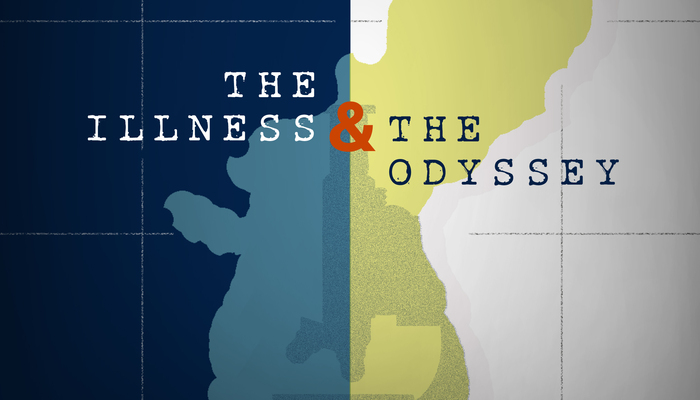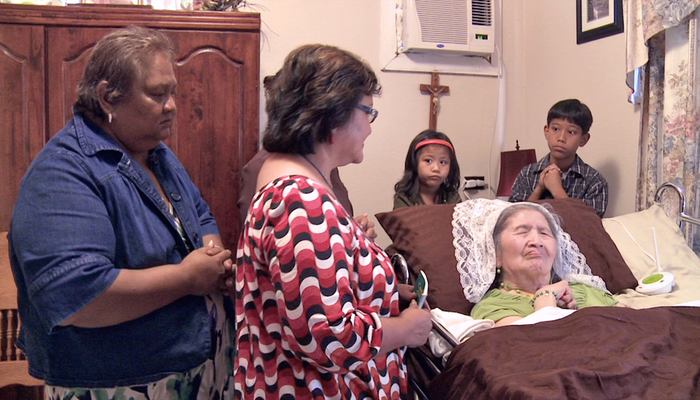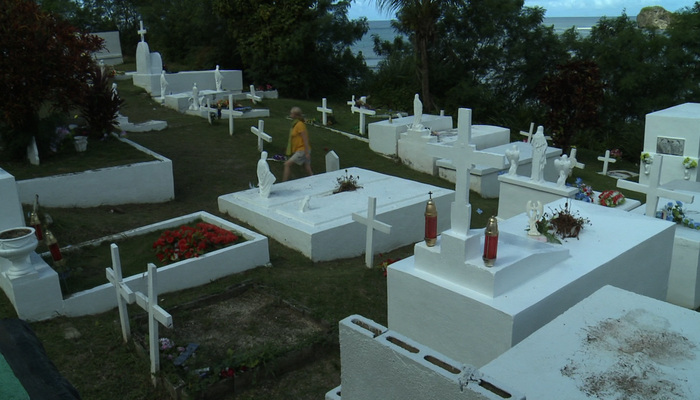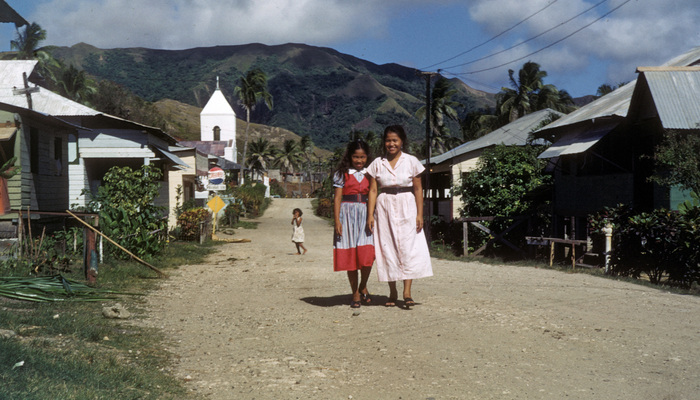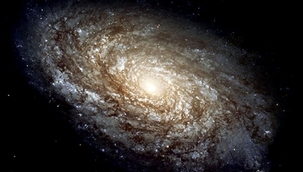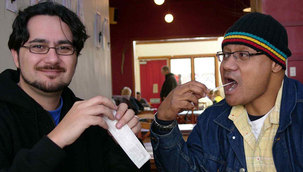
The Illness & The Odyssey
Scientists race to find the cure for a rare disease found on one remote Pacific island.
- Filmmaker(s)
- Berry Minott
- Category
- Full-Length Film
- Currently On-Air
- Subject Matter
- Science, Health
- Featured In
- 2015 Deep Waters Pacific Film Series

A cure for Alzheimer’s. A Nobel Prize. An honored place in medical history. All of this hangs in the balance as scientists race to find the cure for a rare disease found on one remote Pacific island. The Illness & the Odyssey tells the story of a deadly, mind-wasting disease that could, potentially, hold the key to solving the riddle of so many other neurological nightmares.
Produced and Directed by Columbia Award winner Berry Minott (Harry Bridges: A Man and his Union, 1993), the film features the renowned neurologist Dr. Oliver Sacks and as well as many other luminaries in the field of neuroscience. Based on the book "The Island of the Colorblind" by Dr. Sacks, the film traces the struggle to solve a medical mystery plaguing a native population living on Guam.
For many of us, it’s only a matter of time. By 2030, one in four Americans over 65 will have Alzheimer’s disease—the best known of a family of maladies that attack the brain. Though the global medical community is hard at work testing drugs and other treatments that will go beyond merely treating the symptoms of neurodegenerative diseases, medical efforts are challenged to keep pace with the anticipated epidemic.
It is a race against time—a race to find the cause that might lead to a cure. The answer may well be found on the small island of Guam in the South Pacific. The Illness & The Odyssey pursues the quest by some of the best medical sleuths in our era to isolate the cause of “Lytico-Bodig,” a deadly neurological disease that has specifically plagued the Chamorros, native islanders of Guam for two centuries. Lytico-Bodig—known nowadays as ALS/PDC—manifests itself in human beings as a brutal combination of Amyotrophic lateral Sclerosis (ALS), Parkinson’s disease and Alzheimer’s disease. To date, there is no proven cause that triggers the onset of Lytico-Bodig disease. Through the years, medical research careers have been made and lost competing to find an explanation for Lytico-Bodig disease.
Why is Lytico-Bodig so important to our understanding of neurodegenerative disease? Because it is found in an isolated population in an isolated location—a circumstance that gives medical researchers a relatively narrow set of variables to study and understand. And, if researchers hit pay dirt in their study of Lytico-Bodig, they are confident they can use what they learn in their battle against all of the mind-wasting maladies.
Thus far, three competing theories of Lytico-Bodig causation are under debate. The first proposes a toxin in the environment is the culprit; the next, an infectious agent; the last, genetics. The Illness & The Odyssey follows three scientists, each of whom has dedicated the major portion of their careers to proving one of these hypotheses. As so often happens in human pursuits—even scientific ones—the debate among them has been intense and passionate to the point of enmity. Using intimate interviews, verite documentary scenes, rare archival footage and an original music score, The Illness & The Odyssey traces the story of the scientists who hope to reveal who is right and who is not.
Available until May 2018 through American Public Television
Berry Minott has worked in film/video production for more than 27 years. She began her career in 1984 as the producer and co-director of From the Floor of the Convention, a look behind the scenes of the 1984 Democratic Convention, which was awarded an ACE Award in 1985. She then went on to produce and co-direct award winning, The Changing Face of The Waterfront; Kansai; Halfway to Hell; Cut Loose; and, directed and co-produced Harry Bridges: A Man and His Union, which won the prestigious Dupont-Columbia award.
Episode 2 of Pacific Heartbeat Season 3

